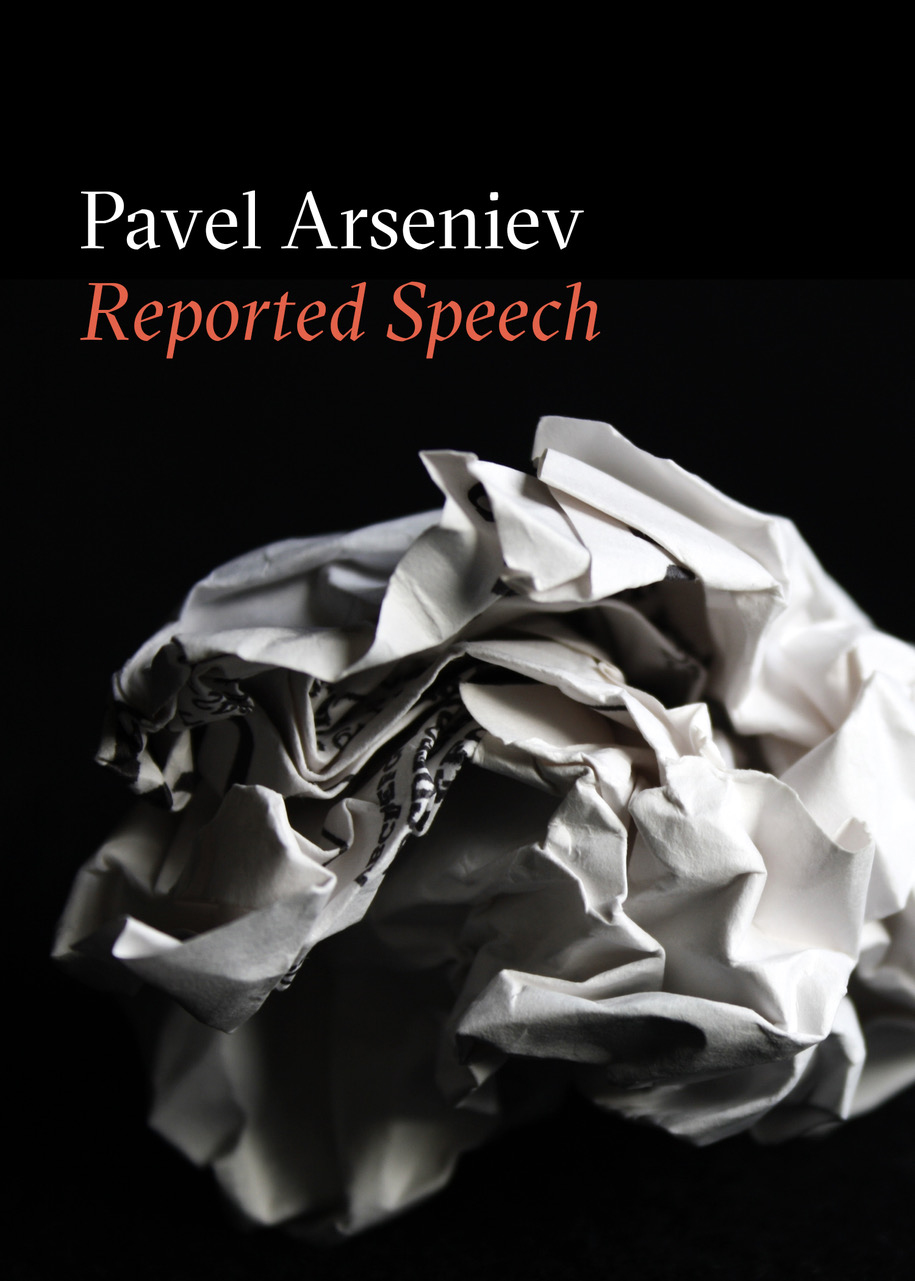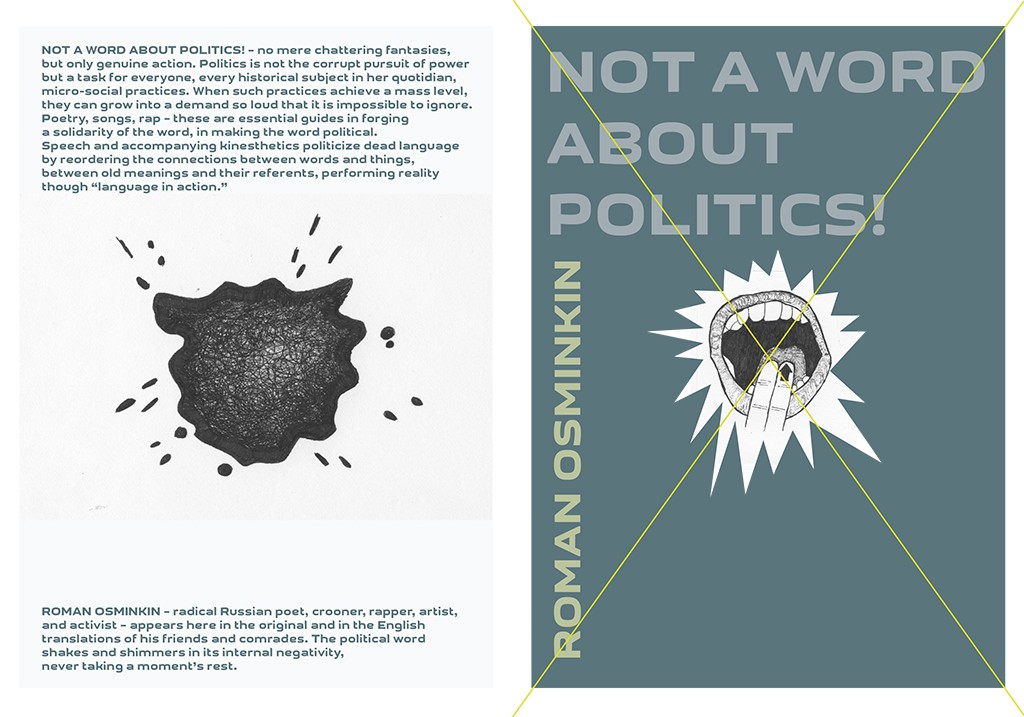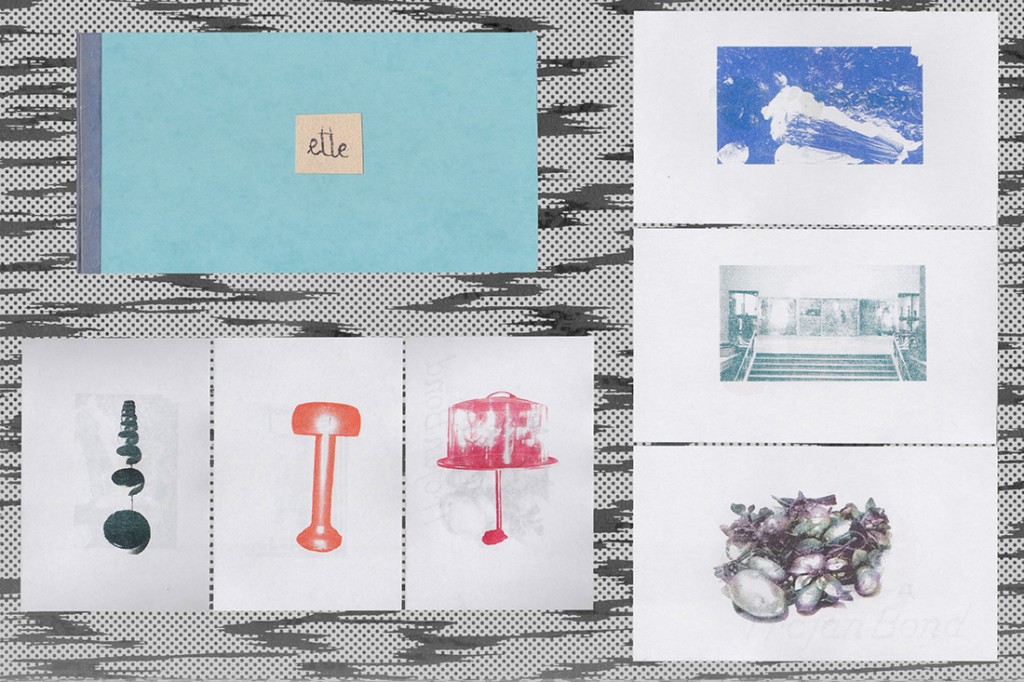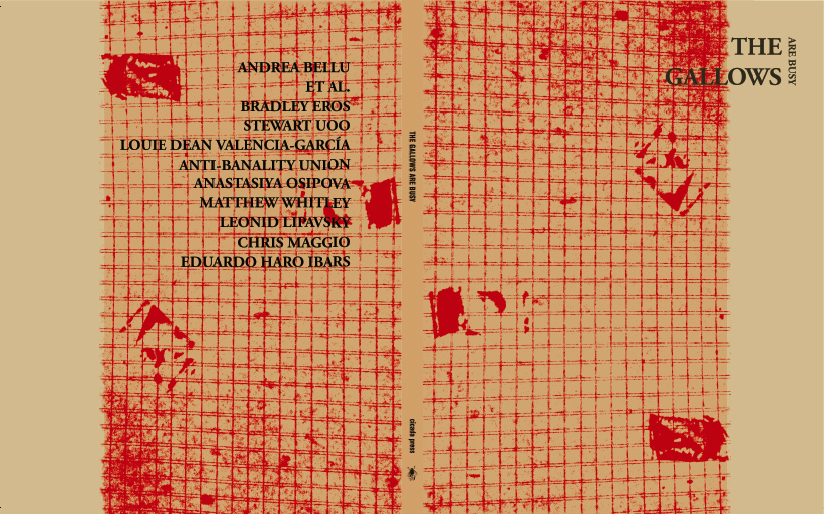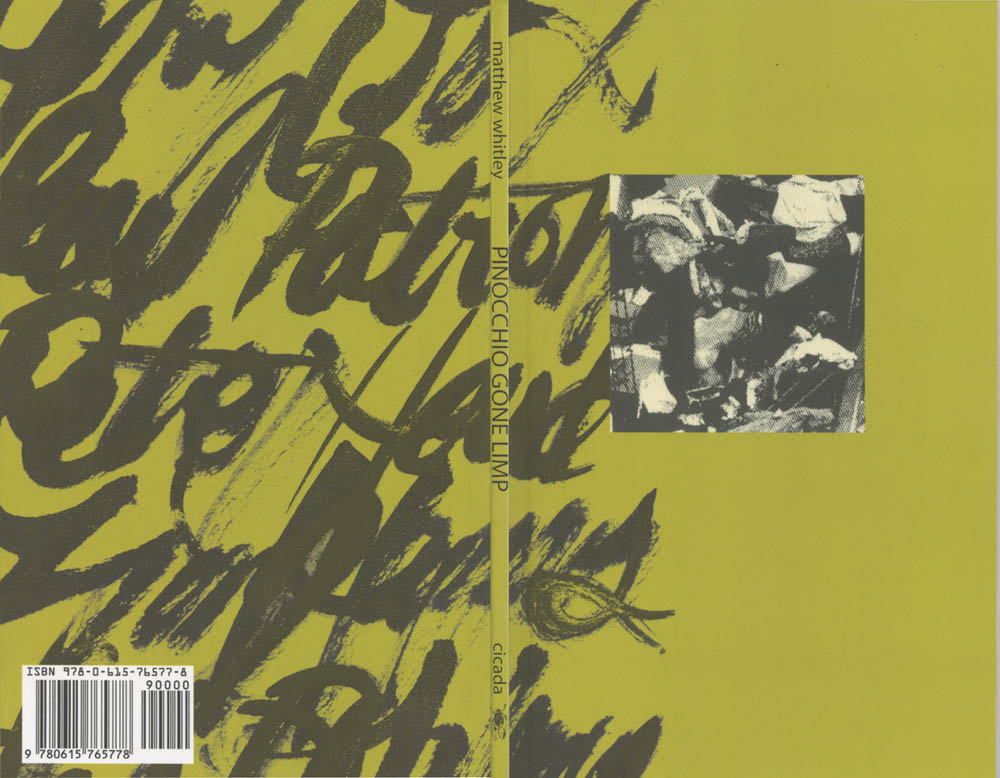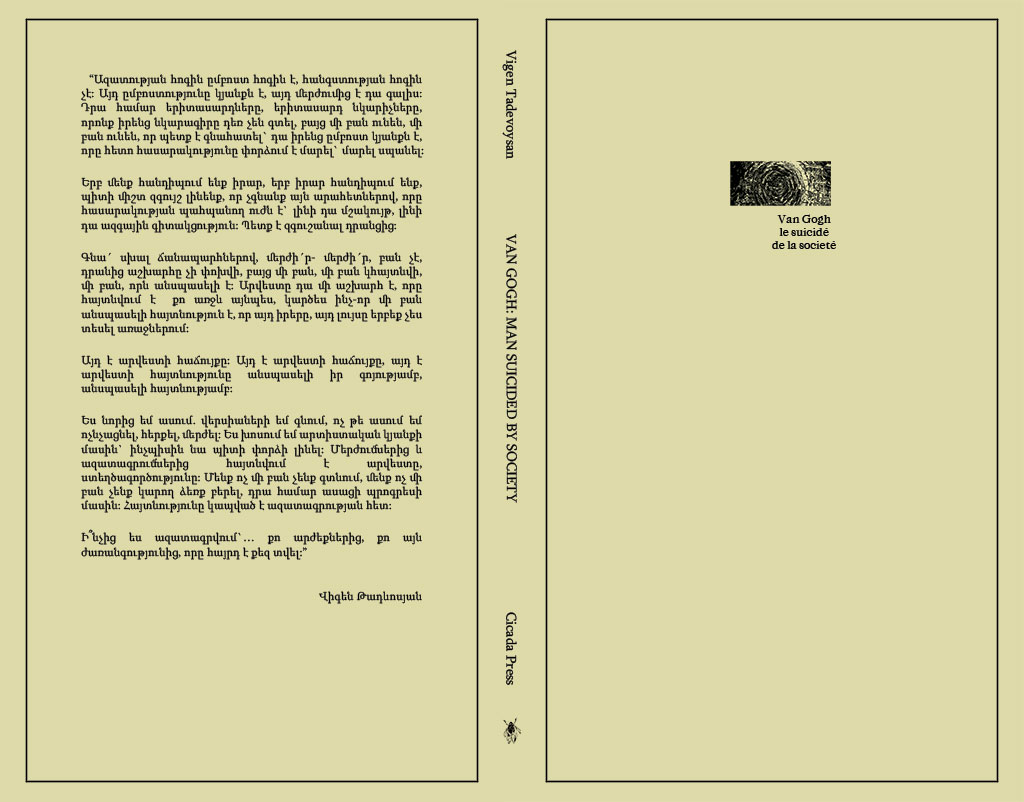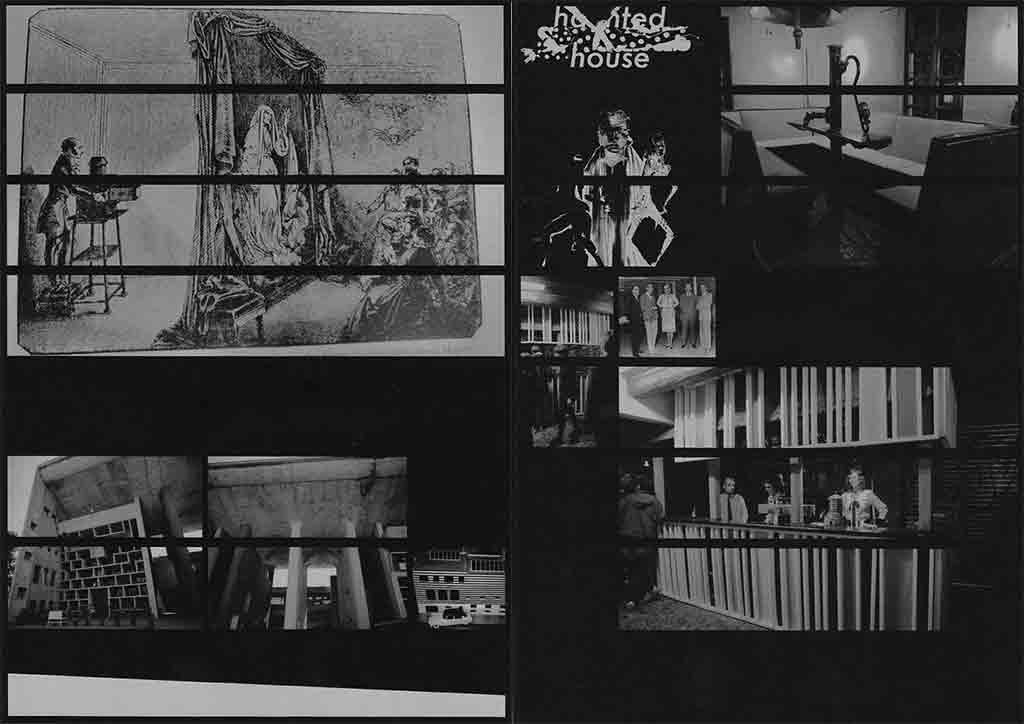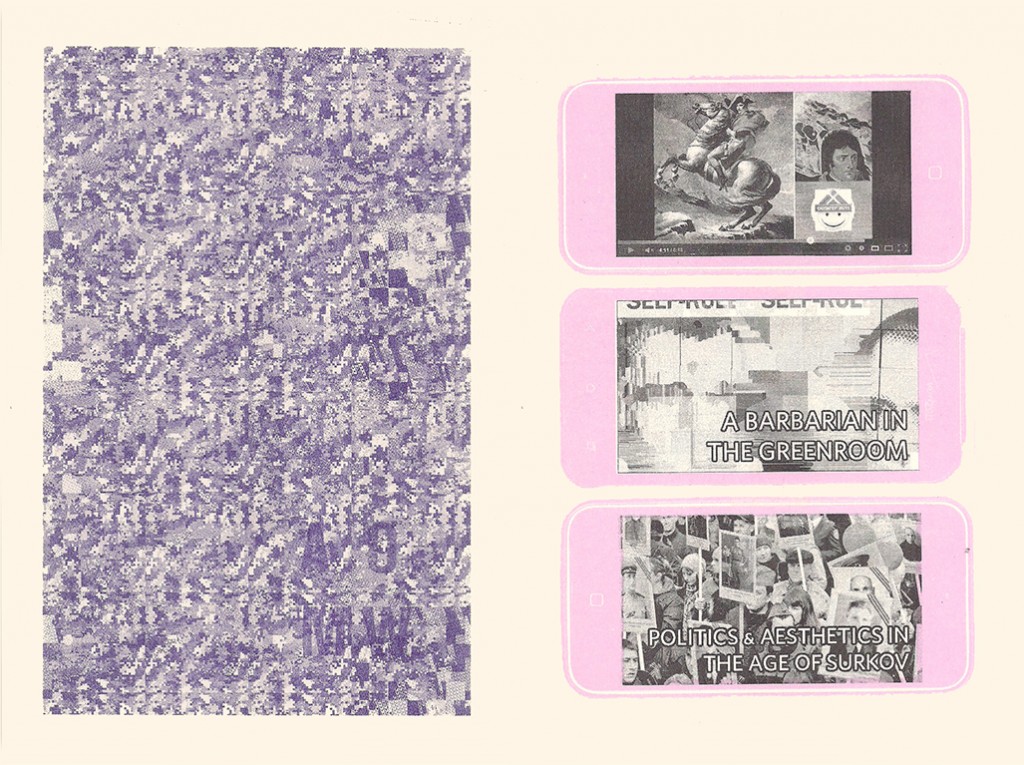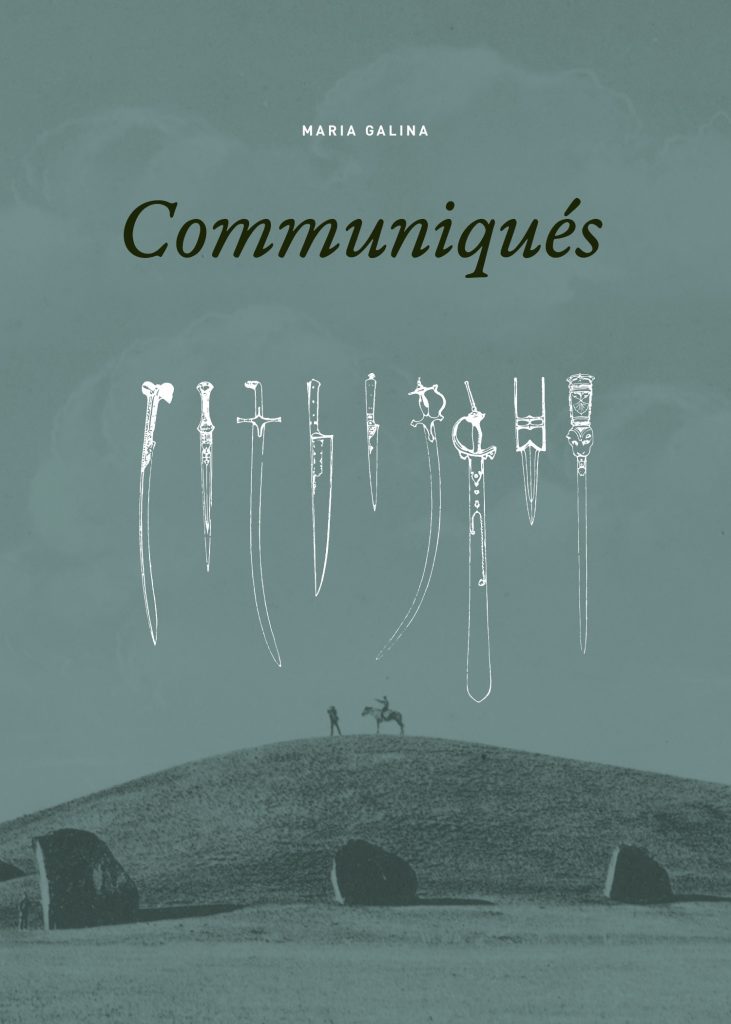
Maria Galina, Communiqués
Release Date: December 31, 2023
A bi-lingual edition of Maria Galina’s poetry and diaries written in Odesa during the first six months of the Russia-Ukraine war. Translated by Anna Halberstadt and Ainsley Morse. With an introduction by Polina Barskova.
Maria Galina’s poems, completed on the brink of Russia’s all-out attack on Ukraine, capture a particular moment of Russophone poetry. Readers are to face instances of poems written on the edge, capturing the moment before in extremis, pulsating with unease and disbelief, and therefore, or because of that, offering all kinds of unforeseen experiments, shifts, and transgressions.
– Ostap Kin
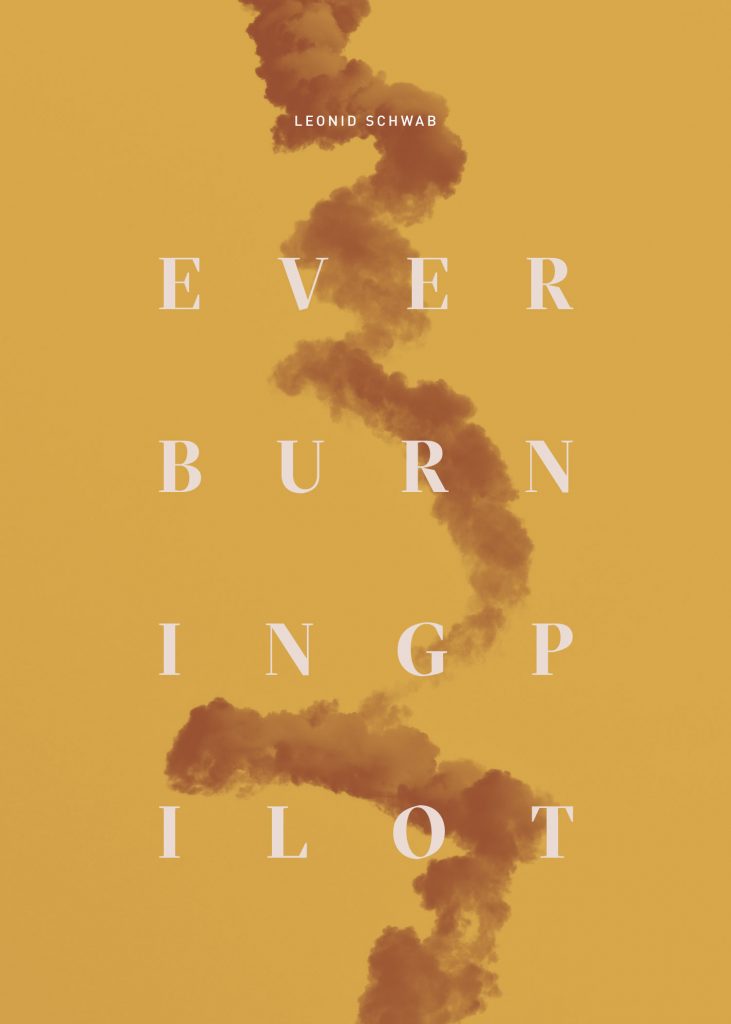
Leonid Schwab, Everburning Pilot
Release Date: February, 22, 2022
A bi-lingual edition of Leonid Schwab’s poetry with an introduction by Maria Stepanova. Edited by Alexander Spektor, Anton Tenser, and Sibelan Forrester.
The verses trace the contours of something along the lines of happiness, they delineate its momentary trajectories, indicate the direction—until a new shift exposes the next, still uninhabited tract of invisible territory. This strange, dazzling, twilit universe—inhabited by bison, electricians, and short circuits—is something like a promise that you cannot not believe: Schwab knows what he’s talking about.
-Maria Stepanova
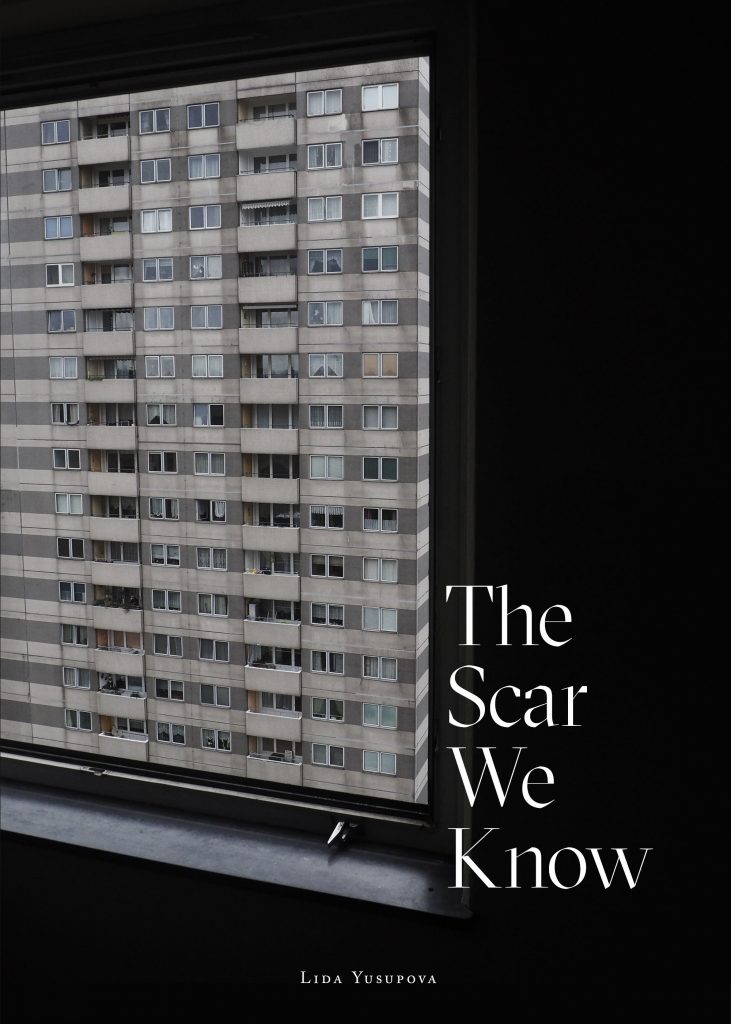
Lida Yusupova, The Scar We Know
Release Date: March 1, 2021
A bi-lingual edition of Lida Yusupova’s poetry.
“Yusupova’s poems are reports of heavy, grave foreboding. And the signs the world uses to point toward catastrophe are impossible to read if you don’t know the objective truth, but then, it’s impossible to believe in truth because what has happened is so unthinkable.” – Oksana Vasyakina
Edited by Ainsley Morse. With translations by Madeline Kinkel, Hilah Kohen, Ainsley Morse, Bela Shayevich & others.
Reported Speech is a bi-lingual edition of Pavel Arseniev’s (Saint Petersburg) poetry with an introduction by Kevin M.F. Platt (University of Pennsylvania).
Arseniev’s poetry provides a living link between the legacy of the 1920s Soviet avant-garde art and theory, on the one hand, and the modern Western materialist thought on the other. It traces how these influences become weaponized in the language of contemporary Russian protest culture. Arseniev readily politicizes all, even the most mundane facts of the poet’s life, while approaching reified bits of found speech and propaganda with lithe, at times corrosive, irony and lyricism.
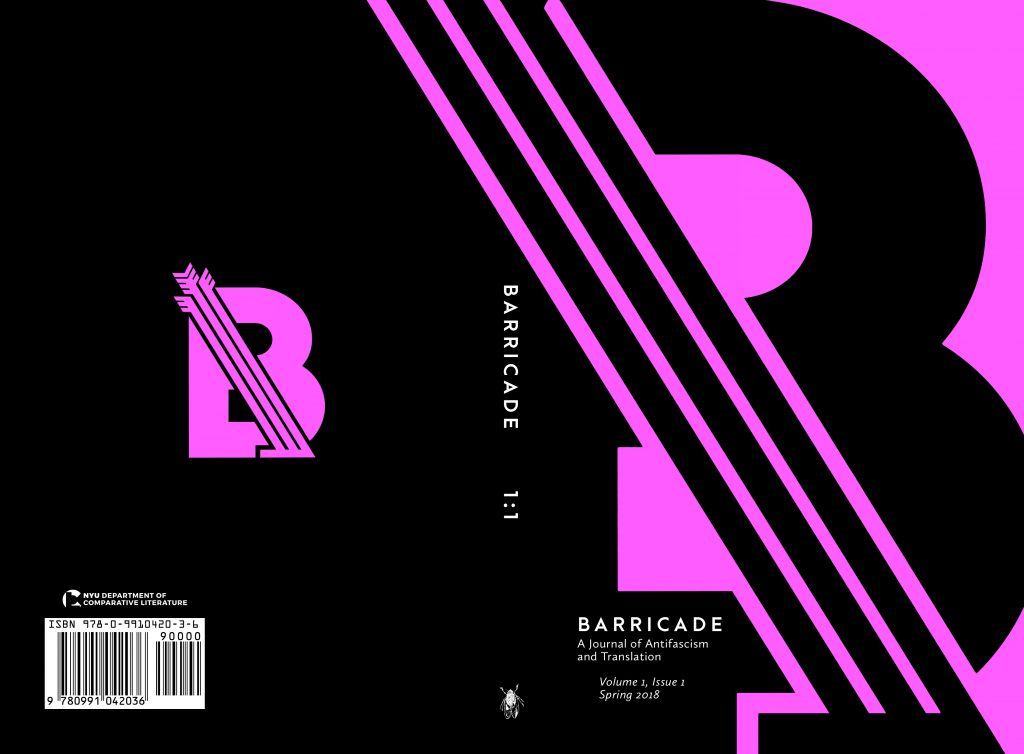 BARRICADE: A JOURNAL OF ANTIFASCISM & TRANSLATION (1:1)
BARRICADE: A JOURNAL OF ANTIFASCISM & TRANSLATION (1:1)
Barricade is a platform for international antifascist and anti-authoritarian literature. It is a direct response against the increasingly vocal forces of the populist, nationalistic, and chauvinist reaction, emboldened in the US by the election of Donald Trump. Barricade has an eye to the present, while seeking to establish manifold connections between antifascists across time and linguistic divides. It is dedicated both to the practice and theory of translation in the name of solidarity and the better world.
The inaugural edition features works translated into English for the first time by Walter Benjamin, Hisham Bustani, Georges Castera, Fruela Fernández, Werner Kofler, Jiři Kratochvil, and Yuriko Miyamoto, as well as an interview with Diane Rubenstein.
Praise for Barricade:
“Born of the onrush of le grand mal (seizure) in the wake of the U.S. elections of 2016, Barricade is a journal of political resistance to authoritarianism in its myriad contemporary guises, built up, as the editors proclaim, from “disassembled hopelessness and reconstituted rage.” A journal that mobilizes translation as political praxis — entangling far-flung worlds of literature, aesthetics, and protest — Barricade sounds off against the downer thrum, producing a cacophony of liberating voice offs.”
— Emily Apter, author of Unexceptional Politics: On Obstruction, Impasse and the Impolitic
“Barricade makes an essential contribution toward transcending national and linguistic barriers in the pursuit of a true anti-fascist and anti-authoritarian internationalism.”
— Mark Bray, author of Antifa: The Anti-fascist Handbook and Translating Anarchy
“Those wishing to begin to think about literature’s relationship to anti-fascism could do no better than Barricade. This is an unusually international collection of works in translation from Jordan, Germany, Spain, Haiti, Japan, Czechoslovakia, and France that in some way engage in opposition to fascism. It is a crucial collection because there are scant examples of explicitly anti-fascist works in American literature and yet here we are in a moment where fascism is more visible, less afraid in the US.”
— Juliana Spahr, poet, editor of Commune Editions
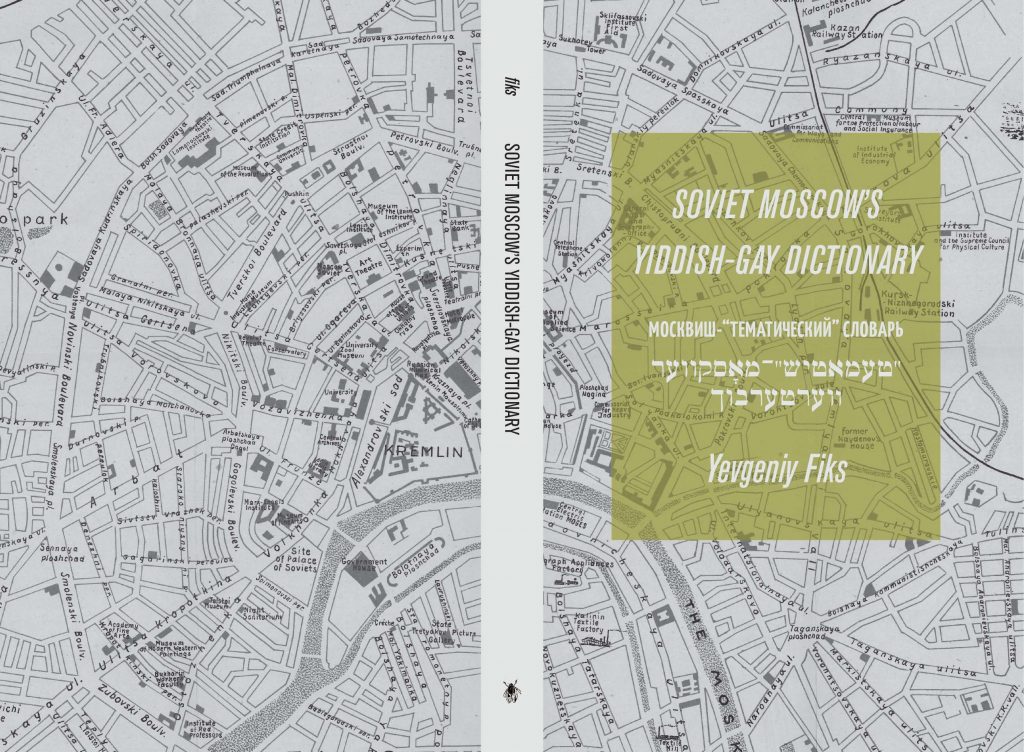 SOVIET MOSCOW’S YIDDISH-GAY DICTIONARY
SOVIET MOSCOW’S YIDDISH-GAY DICTIONARY
An artist’s edition and trilingual (English/Russian/Yiddish) phrasebook by Yevgeniy Fiks. From the book’s introduction:
“This book attempts to draw connections, at times contradictory and counterintuitive, between two marginal communities in Soviet-era Moscow – Jews and gays – in order to reflect on the (dis)similarities of their oppression, identity, self-irony, and practices (or hypothetical practices) of solidarity. This imagined dictionary for Soviet Jewish-Soviet Gay communication is a project that resists oversimplification, forced universality, and the erasure of difference when it comes to the Soviet experience and the Soviet subject.”
The first English language collection of the work of radical Russian poet, crooner, rapper, artist and activist Roman Osminkin. This edition is a double facing (Russian originals included) collaborative work between writers, artists and translators spanning East to West.
“Not a word about politics!” – enough of chattering insipid fantasies. Politics is a task for everyone, it can be and it is enacted every day by every historical subject in her micro-social practices. When such practices are popularized, they can grow into a demand which resounds so loudly that it is impossible to ignore. Poetry, songs, rap – these are essential forms for crafting a solidarity of the word, for making the word political. Speech, not only the speech of a lexicon but of gestures and movement, politicizes dead language when it reorders the connections between old meanings and their referents, performing reality through “language in action.”
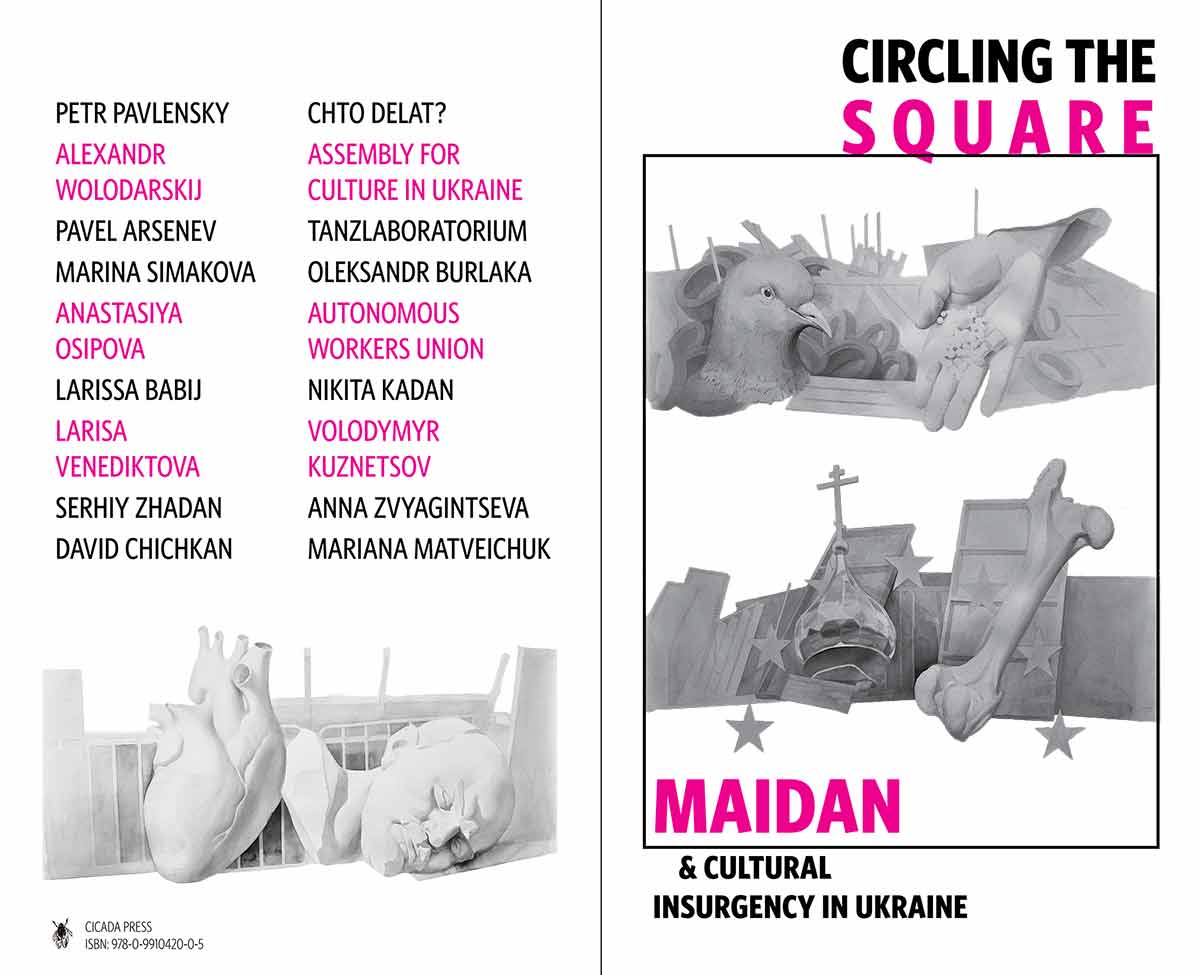 CIRCLING THE SQUARE: MAIDAN & CULTURAL INSURGENCY IN UKRAINE
CIRCLING THE SQUARE: MAIDAN & CULTURAL INSURGENCY IN UKRAINE
ORDER // DOWNLOAD (DONATION ONLY)
Circling the Square: Maidan & Cultural Insurgency in Ukraine is an over-sized newsprint publication in full color. The publication features 18 contributors (Pavel Arsenev, Assembly for Culture in Ukraine, Larissa Babij, Oleksandr Burlaka, David Chichkan, Chto Delat?, Nikita Kadan, Volodymyr Kuznetsov, Mariana Matveichuk, Dimitry Mrachnik of the Autonomous Workers Union, Anastasiya Osipova, Petr Pavlensky, Marina Simakova, TanzLaboratorium Performance Group, Larisa Venediktova, Alexandr Wolodarskij, Serhiy Zhadan, and Anna Zvyagintseva), most appearing in original English translation from Russian and Ukrainian source material, thanks to the work of seven amazing translators (Olivia Crough, Ian Dreiblatt, Ilya Kliger, J. Kates, Ronald Meyer, Dennis Ossipov-Grodsky, and Anastasiya Osipova). The Russian and Ukrainian versions of translated texts are all included in full in an appended index.
Circling the Square documents the landscape of the recent uprising and the political climate that engendered it from many perspectives, ranging from an architectural analysis of Maidan, to documentation of an overtly criminal personal performance of solidarity in the Russian Federation, to an account of the occupation and attempted re-organization of the Ministry of Culture by a horizontal assembly of cultural workers. Despite the confusion in much of the world media and international left, these artists, writers and organizations are decidedly radical, negotiating a strange but critical position that recognizes the rising tide of jingoism that accompanies the threat of invasion as well as the opportunities opened up by Yanukovich’s collapse. The result has a decided lyricism that extends beyond a dry headline or inky propaganda.
Кроме переводов на английский, в издание включены русские и украинские оригиналы текстов.
ÉTALAGE CELEBRATES COLETTE LUMIERE // ORDER
ette is an artists’ edition of 31 color risograph prints on acid free, Eagle A, 25% cotton paper, including 14 removable dual sided prints. This edition was created to accompany Étalage’s Celebration of the artist Colette at the Sunview Luncheonette.
ette features original photographs of the Sunview Luncheonette and historic reprints of Colette’s installations, performances, art works and fashion designs as well as original essays by Leslie Hodgkins and Zac Dempster on Collete Maison Lumiere and a preface by Étalage.
The Gallows Are Busy is a group publication, attempting to follow and describe the trajectory of a glazed and nervous eye, which takes in the textures of things, and all the associations that they give birth to, but fails to understand their function. It gathers several accounts of such suspended, disassociative perception without celebrating, but also without condemning them. Rather, its intention is to consider the broad spectrum of “checking out”: its poetry, its stupidity, its cunning, its rebellion.
Contributions to The Gallows include visual art, original translations, poetry, photography, and writing by: the Anti-Banality Union, Andrea Bellu, Bradley Eros, et al., Eduardo Haro Ibars (of Movida Madrileña), Leonid Lipavsky (OBERIU), Chris Maggio, Anastasiya Osipova, Stewart Uoo, Louie Dean Valencia-García, and Matthew Whitley
PINOCCHIO GONE LIMP
A collection of poetry composed of old forgeries and poorly worn masks by Matthew Whitley. The book opens with the striptease biometrics of the “authentic” poet, Matthew Whitley: his fingerprints, date of birth, social security number, and signature. Next, the curtain slowly rises to reveal multiple aestheticized folds of personality, exposed yet disguised under the make-up of four pseudonyms.
They are arranged into a small parade of such wooden boys: militants, pompous poets, mystics of sorts, all brimming with bravura, ideological zeal and adolescent posturing; epaulets gleaming in the sun – a military jacket thrown over bony rachitic shoulders. These pre-programmed characters gain dimension precisely through insistence on their lines. They lean on the awkward support of an exoskeleton composed of what Bakhtin would describe as the “word of another” – external language of bureaucracy, mysticism, ideology – yet Whitley manages to impart to them the urgency and vulnerability of a living heart. Theirs is a real virtue born out of home-cooked self-aggrandizement.
MAN SUICIDED BY SOCIETY (ARMENIAN TRANSLATION)
Van Gogh: Man Suicided by Society (Gallimard) was one of Antonin Artaud’s most celebrated and influential critical and philosophical works. While this text was an unexpected project for us, we’re honored to bring it to another corner of the world, and to help finish the work of Vigen Tadevosyan, which he regretfully was not able to complete in his lifetime. Vigen completed manuscript translations of the work into Armenian before his death and our mutual friend, Harout Simonian, an artist who has represented Armenia in the Venice Biennale, has finished the work, laying out and introducing the piece. For obvious reasons, this title will be available exclusively through Armenian distributors.
A book of editions, a series of prints, intended to be rasterized into one massive image, with an accompanying guide for its construction. This book accompanied Gallows’ contributors et al.’s installation of the Haunted House itself in Frankfurt.
While returning in 1929 from South America to Europe, Le Corbusier met Josephine Baker on board the ocean liner Lutétia. Baker was famous around the world for her dance in which she was dressed in nothing but 16 bananas. Le Corbusier made several sketches of Josephine during this time and an erotic color drawing.
It was the contention of the Haunted House that Josephine Baker haunts the European cultural ego. Working from the notion of specificity of high art and the role of the architect in the city, as quoted by Le Corbusier and Amédée Ozenfant in Foundations of Modern Art: THERE IS A HIERARCHY IN THE ARTS: DECORATIVE ART AT THE BOTTOM, AND THE HUMAN FORM AT THE TOP. BECAUSE WE ARE MEN.
FUCK THAT said the spooks.”
Barbarian in the Green Room is a commission work by Cicada Press’ editors for the former New Haven Artspace exhibition and associated Yale conference “Vertical Reach: Political Protest and the Militant Aesthetic Now.” The publication takes contemporary Eastern Europe and Vladislav Surkov (a former Kremlin adviser frequently credited with turning “politics into a beautiful postmodern theater”) as its lens to map the characteristics of control and resistance in our much lauded, but highly circumspect “post-ideological” landscape. It is structured in the form of a lexicon, or lexical bestiary, with front facing prints that spell out the concepts, & accompanying writing on the reverse. Some of the concepts included are: Dazzle Camouflage, Nonlinear Warfare, Velvet Terror, Resolution, etc…
